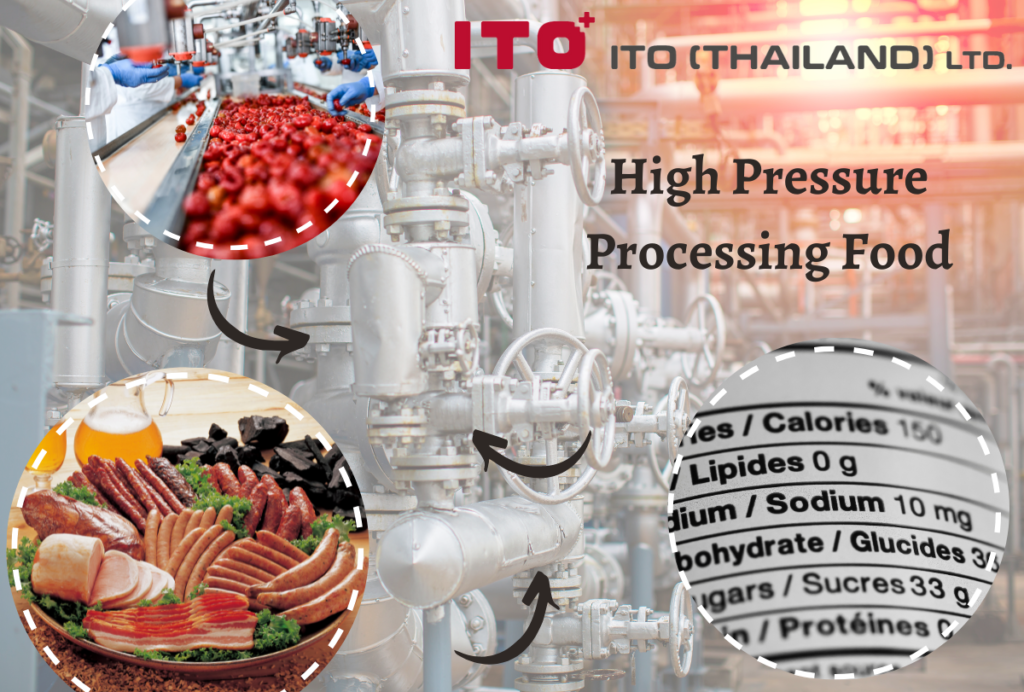ITO Thailand Hygiene Blog
High Pressure Processing
Ultra-processed foods (UPFs) are associated with noncommunicable diseases (NCDs) (3) such as obesity, coronary heart disease, high blood pressure, several forms of cancer, and much more (1). High-pressure processing (HPP) has been introduced as a novel food processing method, as it could address consumer demand for minimal food processing technologies, chemical free, clean label products, as a healthier food processing method (2).
What is HPP?
High-pressure processing is a type of food processing method which is associated with an elevated pressure of 400-600 MPa at near ambient temperature within a short period of less than 10 minutes (2). It is able to maintain fresh taste, reduce food waste (14) as it extends the shelf-life of packaged food products, and provide safety from spoilage microorganisms without chemicals or preservatives (8).
The Advantages and Disadvantages of HPP
HPP is able to process food at ambient temperature but is also flexible and could be used with either high or low temperature processing as well. It is proven that under this processing technique, harmful microorganisms such as bacteria, yeast, mould, and viruses are inactivated. Most HPP-processed foods are utilised on packaged foods; thus, the risk of cross-contamination is low (11). Moreover, concerning foodborne illness such as listeriosis, which is caused by Listeria monocytogenes, can be reduced by HPP as it poses the minimum level of food safety concerns when compared to other treatments (6).
Next, when compared with non-HPP processed foods, HPP-processed foods have a significantly extended shelf-life from 10-15 days to 120 days, which gives a higher confidence level for consumers (8). As a non-thermal food processing technique, it has minimal impacts on characteristics and qualities of food such as texture, appearance, taste, or nutritional values (6). Therefore, HPP is considered as one of non-destructive techniques, as well as retaining physical attributes of food. Finally, it requires less energy during the process, with an approximately 20% less energy consumption than a traditional thermal pasteurisation, so it could be considered for a sustainable food processing as well (8). Non-destructive processing technique is similar to ‘hurdle technology’, or the use of a set of methods for microorganism inactivation, as no parameter is conducted at an extreme level, and will not cause any quality deterioration of food. More details of hurdle technology will be discussed later.
However, it is important to mention that bacteria spores are tolerant and can survive the pressurised condition, especially, high pressure resistant gram-positive bacteria (2). As previously mentioned, this processing technique is related to high pressure, so it is not suitable for rigid packaging such as glass or tin, as flexible packaging is required (11).
Combination Processing
HPP is able to combine with various processing methods for an improved effect, and a safer food product. Some desirable combinations are multi-step HPP, HPP with low or high temperature, HPP and natural antimicrobial components, and much more (11). It is also known as ‘hurdle technology’, which harmful pathogens need to overcome these ‘hurdle’ in order to survive in the food (10). Hurdle technology requires a well-designed process, with the correct order of combination in order to effectively inhibit unwanted microorganisms, as well as ensuring safety and quality of food (10).
The Global Situation of current HPP products
Now, a rise of awareness of health-related issues in consumers has shifted how food manufacturers labelled their products. Consumer demand on fresh food without synthetic chemicals or preservatives is rising, with requirements such as enhanced food safety, fresh, nourishing food, and HPP ticks all the boxes. Clean-label ingredients, product labelling and shelf-life extension are among the preferable food products, and this is where HPP has become a predominant method. For example, HPP meat products are able to reduce sodium usage and can be labelled as ‘low sodium product’ (4).
Not just human food, but HPP is also applicable for pet food as well (13). Our furry friends can consume raw meat ingredients with a less chance of food poisoning from unfavourable bacteria such as Salmonella, harmful Escherichia coli, and Listeria monocytogenes (13). Salmonella will not harm the pet, but it could contaminate humans, especially children or immunocompromised people (9).
HPP Products
Countless HPP products are currently available in the market, and these are some examples.
1.HPP juice: Doi Kham, has launched 5 varieties of HPP cold-pressed fruit juice. As HPP is a non-thermal process, it is able to retain wholesome vitamins and nutrients (7).
2.Meat and poultry products: Hormel Foods, a food processing company is able to launch clean label meat products with an extended shelf-life as no antimicrobial agents are presented (12).
3.Jam: HPP is a non-heat sterilisation processing method, so HPP jam has a remarkably better colour than a traditional heat-treated jam (5).
We have discussed how HPP has ameliorated food processing quality and safety, and also in a wide range of products. New food processing technology has determined a better quality food product while enhancing food safety as well. ITO Thailand is proposing a new hygienic solution for your food factories with our automation technologies and comprehensive consultation service. Click here to learn more.
References
1.Australian Institute of Health and Welfare. (2019). Poor diet, Dietary guidelines. Retrieved February 19, 2023, from https://www.aihw.gov.au/reports/food-nutrition/poor-diet/contents/dietary-guidelines
2.Balasubramaniam, V. M. (2021). Process development of high pressure-based technologies for food: research advances and future perspectives. Current Opinion in Food Science, 42, 270–277. https://doi.org/10.1016/j.cofs.2021.10.001
3.Chen, X., Zhang, Z., Yang, H., Qiu, P., Wang, H., Wang, F., Zhao, Q., Fang, J., & Nie, J. (2020). Consumption of ultra-processed foods and health outcomes: a systematic review of epidemiological studies. Nutrition Journal, 19(1). https://doi.org/10.1186/s12937-020-00604-1
4.Choudhury, N. R. (2022). Keeping Clean Labels Simple for Safer, Healthier Food. Food Safety. Retrieved February 19, 2023, from https://www.food-safety.com/articles/7862-keeping-clean-labels-simple-for-safer-healthier-food
5.Echigo Seika. (2023). High-pressure treatment of food. Echigo Seika Co., Ltd. Retrieved February 20, 2023, from https://www.echigoseika.co.jp/en/enjoy/high-pressure-technology/04.php
6.European Food Safety Authority. (2022). High-pressure processing: food safety without compromising quality. Retrieved February 19, 2023, from https://www.efsa.europa.eu/en/news/high-pressure-processing-food-safety-without-compromising-quality
7.Hong, T. H. (2020). Doi Kham launches new HPP juice. Mini Me Insights. Retrieved February 20, 2023, from https://www.minimeinsights.com/2020/03/14/doi-kham-launches-new-hpp-juice/
8.JBT Corporation. (2022). HPP: sustainable advantages of clean technology. Retrieved February 19, 2023, from https://blog.jbtc.com/2022/03/10/hpp-sustainable-advantages-of-clean-technology/
9.Lingle, R. (2016). Surprising developments in HPP packaged foods. Packaging Digest. Retrieved February 20, 2023, from https://www.packagingdigest.com/food-packaging/surprising-developments-hpp-packaged-foods
10.Mukhopadhyay, S., & Gorris, L. G. M. (2014). Hurdle Technology∗. Encyclopedia of Food Microbiology, 221–227. https://doi.org/10.1016/b978-0-12-384730-0.00166-x
11.Rode, T. M. (2022). Worth knowing about high pressure processing of food. Nofima. Retrieved February 19, 2023, from https://nofima.com/worth-knowing/worth-knowing-about-high-pressure-processing-of-food/
12.Shire, B. (2017). Advancing food safety: High-pressure processing evolves. Food Business News. Retrieved February 20, 2023, from https://www.foodbusinessnews.net/articles/9601-advancing-food-safety-high-pressure-processing-evolves?page=2
13.Teal, D. (2022). Manufacturers Turn to HPP for Consumer Demand. Foodengineeringmag. Retrieved February 19, 2023, from https://www.foodengineeringmag.com/articles/100733-manufacturers-turn-to-hpp-for-consumer-demand
14.Wessels, L. (2019). Sustainability Advantages of High Pressure Food Processing. Packaging Strategies. Retrieved February 20, 2023, from https://www.packagingstrategies.com/articles/90948-sustainability-advantages-of-high-pressure-food-processing
Related Post
-
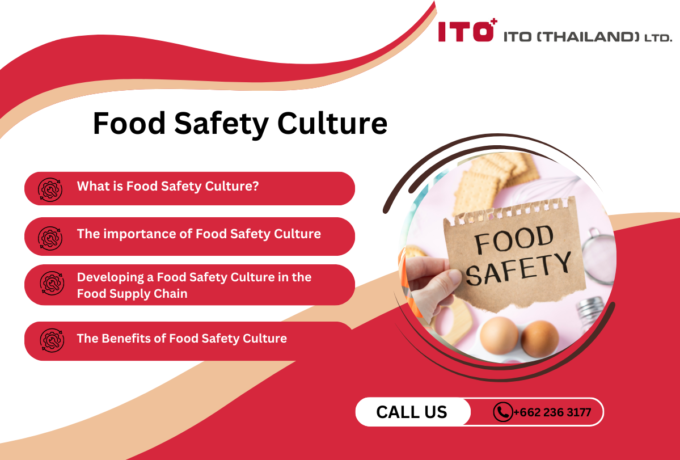
Food Safety Culture
Food safety culture plays a crucial role in safeguarding the company's reputation, ensuring the well-being of its employees, and providing a safe experience for its customers.
-
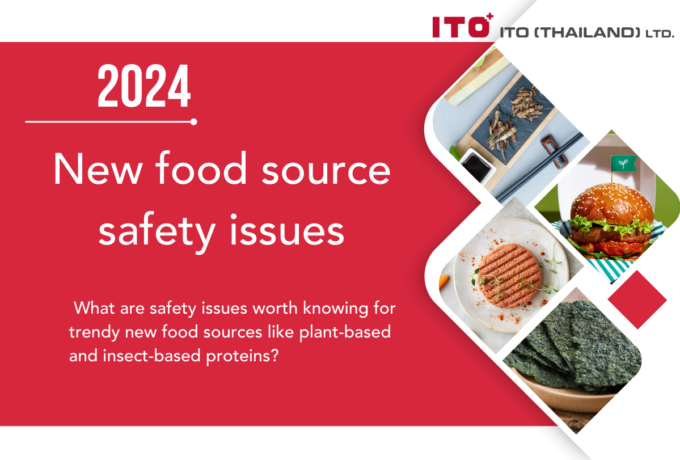
New food source safety issues
What are safety issues worth knowing for trendy new food sources like plant-based and insect-based proteins?
-

British Retail Consortium (BRC) Standard
Food safety management systems play a vital role in ensuring the production and distribution of safe and high-quality food products to consumers. With the global food supply chain becoming increasingly complex, food businesses must implement effective systems prioritising safety, quality, and compliance with industry standards. A food safety management system encompasses a set of procedures, processes, and controls designed to identify, prevent, and manage potential hazards at every stage of the food production and supply process. This proactive approach not only safeguards consumers' health but also protects the reputation and credibility of food companies in an ever more competitive market.
-
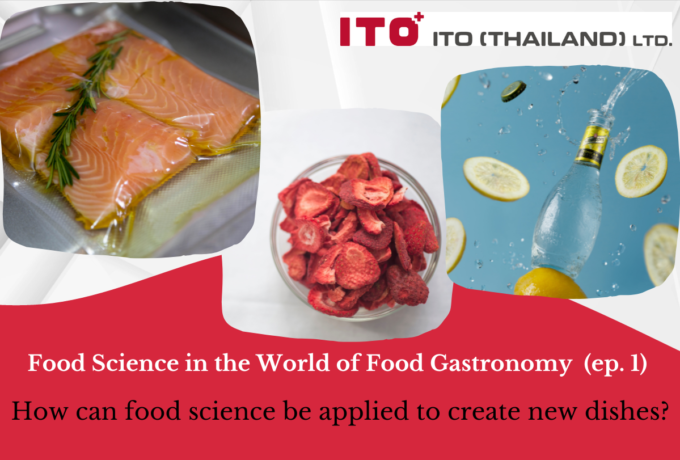
Food Science in the World of Food Gastronomy (Part 1)
How can food science be applied to create new dishes?
-
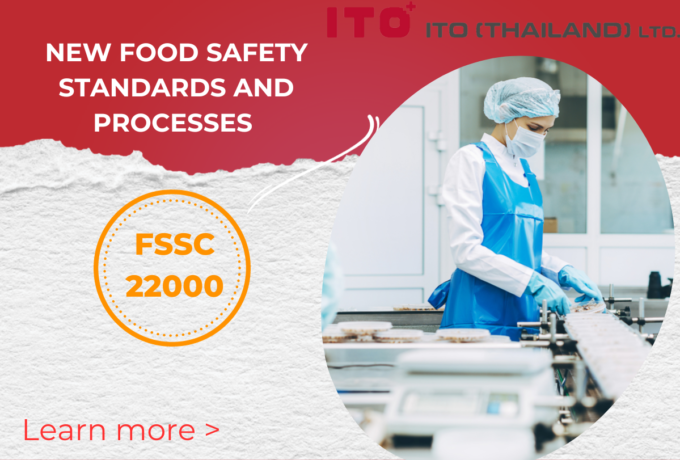
FSSC 22000
Food manufacturers must ensure food safety standards and processes. FSSC 22000 is an official certification program for Food Safety Management Systems (FSMS) recognised by the Global Food Safety Initiative (GFSI). This certification scheme offers a set of guidelines and procedures to ensure uniformity, openness, and safety across your entire supply chain. It applies to all companies operating within the food and beverage industry, ranging from farmers to retailers. By fulfilling the necessary criteria and obtaining FSSC 22000 certification, it is demonstrated that the required standards for food quality and implementing effective processes to manage and mitigate risks associated with food fraud, foodborne illnesses, expensive recalls, and other external threats are met.
-

Food Safety Aspects of Artificial Sweeteners
Artificial sweeteners, also known as sugar substitutes, non-nutritive sweeteners, or high-intensity sweeteners, are artificially produced compounds utilised in place of sucrose (table sugar) to add sweetness to food and drinks. Due to their significantly higher sweetness than regular sugar, only a fraction of artificial sweeteners (200 to 20,000 times less) is required to achieve an equivalent level of sweetness. Since the caloric contribution of these sweeteners, when used in such small quantities, is insignificant, they are often referred to as non-nutritive (4).








